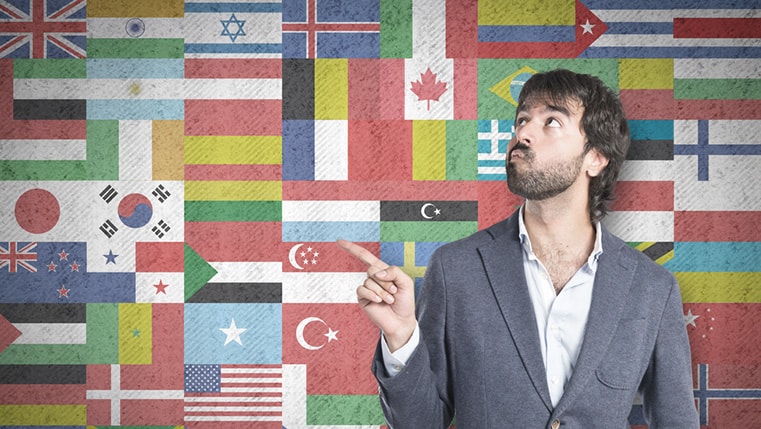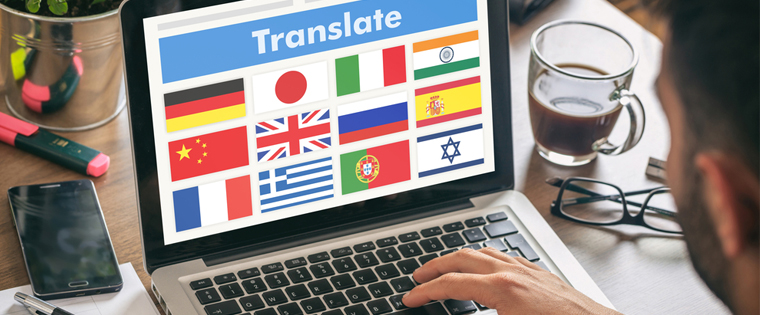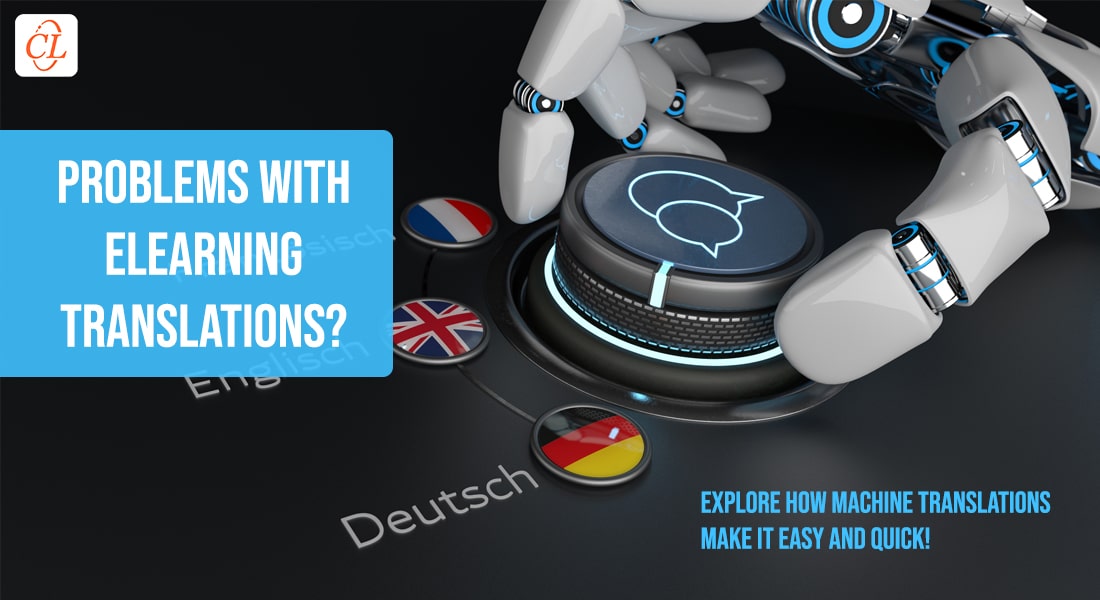Is Google Translate the Wrong Choice for Course Translations?
Is Google Translate a wise choice when translating eLearning courses? The tool is useful, but it’s not the right choice for course translations.

In the pre-technology era, the written word was translated by mere mortals. These translations varied from a translation exactly mirroring the original, to some translators such as renowned author Jorge Luis Borges who added his own ideas to the translated text, to better them. He held that a translation can improve an original, that contradictory renderings of the same work can be equally valid, and that an original can be unfaithful to a translation. Then along came modern translation tools, and today we have Google Translate, a free service that instantly translates text into over 100 languages. Google Translate is a boon to the travelling salesman, or even to the international tourist; however, it can’t cut the mustard with training courses. Here’s why:
- Google Translate is not 100% accurate: English author George Henry Borrow said this of translation: ‘Translation is at best an echo,’ and what’s an echo but a reverberation or a reflection of the original. Unfortunately, this is not what Google Translate does. The translated version is not always the best fit and often reads awkwardly.
- Google Translate relies on educated guesswork: At best, Google Translate can only guess at what you mean. It looks for a pattern in the usage of words used by human translators across millions of documents. Based on this statistical usage of words, it decides a choice of words for your document, which could work out well in some places, but is a disaster if the meaning is contradictory to its statistical guess.
- Google Translate makes several iterations: Google translate uses English as an intermediary language when translating from one non-English language to another. This means that during translation, the original text is first translated into English, and from English into the second non-English language. For example, when converting Spanish to German, the software first translates Spanish to English and then English to German. The Final version is highly unlikely to be anywhere close to the original version of the text. There is a light at the end of the tunnel however, because Google has come up with its own language to translate with, making it more likely to match translations to the original text.
- Google Translate cannot accurately decipher complex grammar: The software does try to understand complex grammar, but often, the original meaning/effect is lost in the translation. For example, the software cannot decipher homographs (words that spell the same but have different meanings), and is therefore unable to make an accurate translation.
- Google Translate cannot find an exact match for idioms: Certain phrases and idioms contained in the original script can pose a problem. If there isn’t an exact match in the target translation language, Google won’t be able to make an accurate match. Complex technical terms contained in technical documents pose another problem. The results are weak translations that can confuse or mislead.
With globalization, organizations need to cater for the training needs of their globally-dispersed workforces and customers, and there is a growing requirement for translations. Along with this growing need for translation services however, there is a greater need for accuracy in translation, to successfully transfer correct information and knowledge. Google Translate has made progress in the right direction, but it will be a while before it can be used to translate critical training courses for organizations. Until then, organizations can reach out to reliable translation vendors for their translation requirements.





